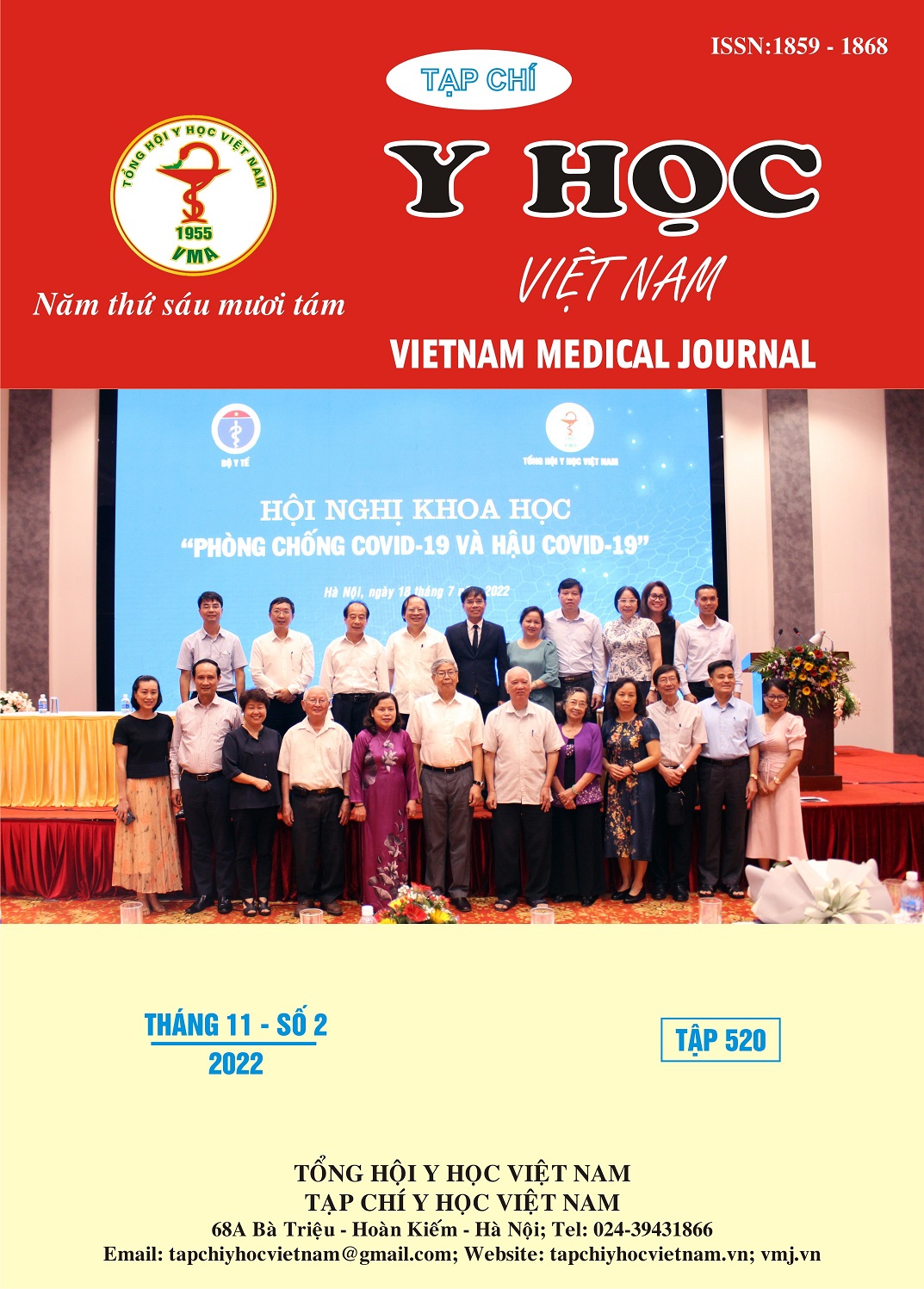THE SITUATIONS OF GIVING BIRTH MORE THAN TWICE OF MARRIED WOMEN 15-49 YEARS OLD AT PHU BINH DISTRICT IN THAI NGUYEN PROVINCE
Main Article Content
Abstract
Background: The five years ago, Population and Family Planning (PFP) practices in Phu Binh district of Thai Nguyen province has been carried out very well. However, in the past few years, the district's rate of giving birth more than twice has increased rapidly, having the highest rate compared to other districts and cities in the province. Objective: To describe the situations of more-than-two-child birth of married women aged between 15 and 49 years in the studied area. Methodology: Descriptive study, cross-sectional study design conducted with 530 research subjects who are married women aged between 15 and 49 years in Phu Binh district. Results: It shows that the rate of more-than-two-child birth of the research subjects is 28.3%. The age of giving birth more than twice of the respondents between 30 and 35 years old accounted for the highest rate of 62.0%. 35.3% of cases of giving birth more than twice when has the first two children are girls. The two main reasons for having birth more than twice of the respondents take the desire of crowded family as a reason (44.7%) and the desire to have both boys and girls (40.7%). Up to 92.7% of couples decide to have birth more than twice. 35.3% of husbands put pressure on having birth more than twice. Conclusion: The rate of giving birth to the third child or more of the study subjects accounted for a high rate. The main reason for having a third child or more is the desire to have many children and to have both sons and daughters. The main decision in having the 3rd child or more comes from both spouses of the study subjects.
Article Details
Keywords
Phu Binh, Birth more than twice, Population-Family Planning.
References
2. Chính phủ (2020), “Quyết định Phê duyệt chương trình điều chỉnh mức sinh phù hợp với các vùng, đối tượng đến năm 2030”.
3. Tổng Cục Thống Kê (2021), Kết quả chủ yếu Điều tra biến động dân số và kế hoạch hoá gia đình thời điểm 01/4/2020, Nhà xuất bản Thống Kê.
4. Chi cục Dân số - Kế hoạch hoá gia đình (2020), Báo cáo Kết quả thực hiện công tác Dân số - Kế hoạch hoá gia đình năm 2020; Phương hướng, nhiệm vụ năm 2021.
5. Trần Ngọc Tráng (2019), Thực trạng sinh con thứ 3 trở lên của các cặp vợ chồng tại huyện Mỹ Đức, Hà Nội năm 2019 và một số yếu tố liên quan, Luận văn thạc sĩ Y tế công cộng, Đại học Thăng Long.
6. Nguyễn Hồng Duyên (2019), Thực trạng sinh con thứ 3 trở lên của phụ nữ 15-49 tuổi tại huyện Ứng Hoà, Hà Nội năm 2019 và một số yếu tố liên quan, Luận văn thạc sĩ Y tế công cộng, Đại học Thăng Long.
7. Nguyễn Văn Cương (2015), Một số yếu tố liên quan đến sinh con thứ 3 trở lên của các cặp vợ chồng tại 3 xã miền núi huyện Phong Điền tỉnh Thừa Thiên Huế năm 2015, Luận văn thạc sĩ chuyên ngành Y tế công cộng, Đại hoc Y tế công cộng.
8. Đỗ Thị Mai (2021), Thực trạng sinh con thứ 3 trở lên và những yếu tố ảnh hưởng tại một số xã huyện Nam Trực, tỉnh Nam Định, Tạp chí Y học Việt Nam, 504, số 2, tr. 60-63.


